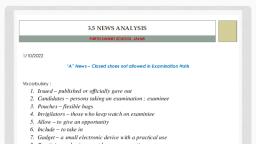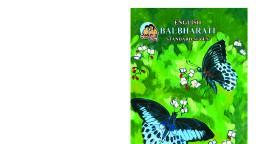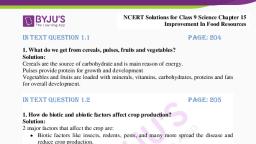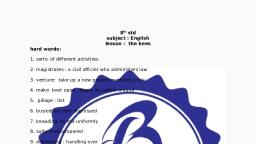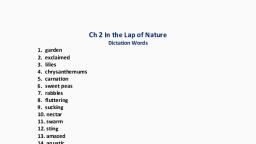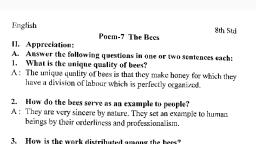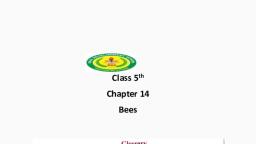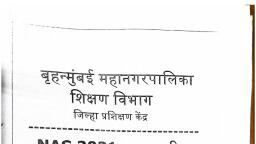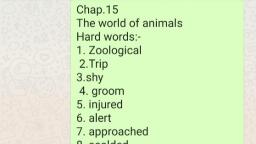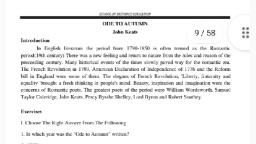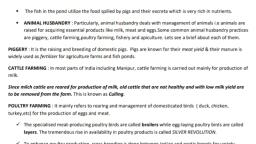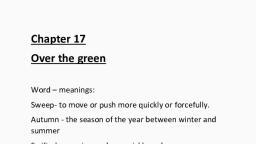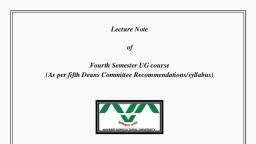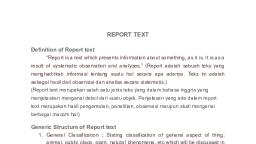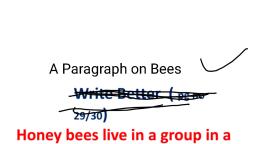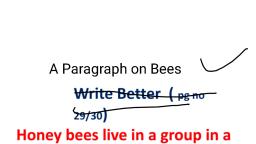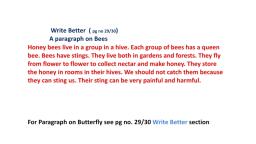Page 1 :
4.3 THE BEES, , 4.3 The Bees, In this poem, William Shakespeare gives us a vivid description of the life of the bees. He shows, us how organized and disciplined they are….The Bees” by William Shakespeare is a wonderful, adaptation from the renowned play “Henry V”. It depicts a honeybee colony which is organized in an, extremely disciplined and super-efficient manner. This kind of society can be held up as an example, that even humans may follow., The poet observed that in the beehives, there are different classes of bees, engaged in diverse works such as magistrates bees who do the corrective work, merchant, bees collect honey, soldier bees protect their hives, and the king who observes the work of, every day including masons bees who build the hives. The main theme of this poem is, the organized and disciplined life of the bees. This poem tells us about the importance of, leading our lives with hard work and not indulging in laziness. Eventually, he says that there, is a death sentence for the bees that do nothing and remain lazy in life., He calls the honey bees creatures that teach the art of order to human beings. He says, the bees have a king, and officers for different activities. The magistrate bees do the corrective, work. The merchant bees, like traders, go out and collect food. The soldier bees who are, armed with their stings., loot the summers soft newly opened flowers and merrily bring home, the loot. They take it to the place where the emperor sits., The emperor is busy in supervising the buzzing mason bees as they are building the, golden hive. The civilian bees are converting the nector into honey, while the porter bees are, bringing their heavy burdens of nector to the king. The sad-eyed judge, buzzing in a badtempered manner, hands over the lazy, yawning male bee to the light-colored executor bees, to carry out the death sentence., So work the honey-bees :, Creatures that, by a rule in Nature, teach, The art of order to a peopled kingdom, They have a king, and officers of sorts;, Where some, like magistrates, correct at home;, Others, like merchants, venture trade abroad;, Others, like soldiers, armed in their stings,, Make boot upon the Summer’s velvet buds;, Which pillage they with merry march bring home, To the tent-royal of their emperor;, Who, busied in his majesty, surveys, The singing masons building roofs of gold;, The civil citizens kneading-up the honey;, The poor mechanic porters crowding-in, Their heavy burdens at his narrow gate;, The sad-eyed justice, with his surly hum,, Delivering o’er to executors pale, The lazy yawning drone., Summary: ‘The Kingdom of the Bees,’ is a marvelous creation of the greatest English poet, named William Shakespeare. Here the poet gives a vivid description of the bees' kingdom in a lyrical, form through which we came to know that the life of an insect is not that simple the way we think. If we, notice their living standard, we can see that they have an organized life. They also have some rules, and laws. They also have to maintain discipline in order to run their life. In this poem, the poet observed, that in the beehives, there are different classes of bees engaged in diverse works such as magistrates, bees who do the corrective work, merchant bees collect honey, soldier bees protect their hives, and the, king who observes the work of every day including masons bees who build the hives. There are other, , Page 1|5
Page 2 :
4.3 THE BEES, working groups who do their job within due diligence. The lives of bees are organized in an ordered, way. They naturally learnt the art of order. Though they are insects, they have the capability to teach, humans the art of order., , Vocabulary:, 1., 2., 3., 4., 5., 6., 7., 8., 9., 10., 11., , sorts : of different activities, magistrates : a civil officer who administers law, venture : (here) take up a new project involving a risk, make boot upon : begin to collect around, pillage : loot, busied : be very engrossed, kneading : to mix uniformly, surly : bad tempered, delivering : handling over, executors : a person who carries out a death sentence, drone : a male bee, , Worksheet :, I., , Match the professions with the field of work., Profession, , Field of work, , 1. Chief Minister, , ____, , (a) Business, , 2. Magistrate, , ____, , (b) Transport, , 3. Soldier, , ____, , (c) Construction, , 4. Trader, , ____, , (d) Administration, , 5. Builder, , ____, , (e) Education, , 6. Drive, , ____, , (f) Defence, , 7. Teacher, , ____, , (g) Law, , II. Living creatures, birds, animals, insects, etc. are often used in as – as comparisons,, because of some special characteristics they hold. Fill in the gaps, choosing words from the, brackets to make appropriate comparisons., (tall / quiet / humble / merry / busy / slippery / fast / sly / slow / big), 1. as ________ as a lark, , 2 . as ________ as a mouse, , 3. as ________ as a snail, , 4. as ________ as on eel, , 5. as ________ as a giraffe, , 6. as ________as a fox, , 7. as ________as a bee, , 8. as ________as a worm, , 9. as ________as a deer, , 10. as ________as an elephant, , III. Complete the following choosing the appropriate option., (a) Human beings can learn from honey bees ……………….., (i) How too make food (ii) how to live joyfully (iii) how to lead an organised nation, , Page 2|5
Page 3 :
4.3 THE BEES, (b) The soldier- bees carry home………………….., (i) the velvet buds (ii) nector, looted from flowers (iii) their weapons, (c) The emperor-bee supervises the building of …………….., (i) the bee hive (ii) bridges (iii) a tower, (d) The ……………….. bees make honey from nectar, (i) officers (ii) civilian citizens (iii) magistrate, (e) The drone is given a death sentence because he ………………., (i) attacked the emperor (ii) killed other bees (iii) does not do any work, IV. (A) Complete the phrases using words from the poem., 1) _________ march, , 2) _________ porters, , 3) _________tent, , 4) _________burdens, , 5) _________masons, , 6) _________executors, , (B) (i) Find any two Alliterative lines., Ans. (i) ‘Which pillage they with merry march bring home.’ Repetition of the sound of the letter, ‘m’. (ii) ‘The civil citizens kneading up the honey.’ Repetition of the sound of the letter ‘c’., (ii) Pick out the line that contains an Onomatopoetic word., Ans. ‘The singing masons building roofs of gold.’ The word ‘singing’ indicates sound., V. Answer the following question, 1. What do honey bees teach us?, Ans. - _____________________________________________________________________________, __________________________________________________________________________________, 2. Where does the emperor – bee sit and what does he do?, Ans. - _____________________________________________________________________________, __________________________________________________________________________________, 3. What do roofs of gold refer to?, Ans. - _____________________________________________________________________________, __________________________________________________________________________________, VI. Your own response, 1. Honey-bees live an organised life like human beings. Discuss what work the following, honey-bees do, as per the poem. Write it down in your own words, in your notebook., a) King / Emperor bee - ________________________________________________________, _______________________________________________________________________________, _______________________________________________________________________________, _______________________________________________________________________________, _____________________________________________________________________________, , Page 3|5
Page 5 :
4.3 THE BEES, VII. Frame a pointwise Analysis / Appreciation of the poem ‘The Bees’, , Ans. [1] Poem and poet: ‘The Bees’ by William Shakespeare., [2] Theme: The main theme of this poem is the organized and disciplined life of the bees., This poem tells us about the importance of leading our lives with hard work and not, indulging in laziness. Eventually, he says that there is a death sentence for the bees that, do nothing and remain lazy in life., [3] Tone: Tone of the poem is serious, reflective and shows respect and admiration for, the bees and their organization., [4] Structure and stanzas: No separate stanzas; lines of unequal length, [5] Rhyme and Rhythm: No rhyme scheme or rhythm; free verse, [6] Language and Imagery: The language is old English. Imagery consists of vivid images, of various activities of bees, [7] Figures of Speech: Onomatopoeia, Alliteration, Inversion, , Best Of Luck, , Page 5|5


